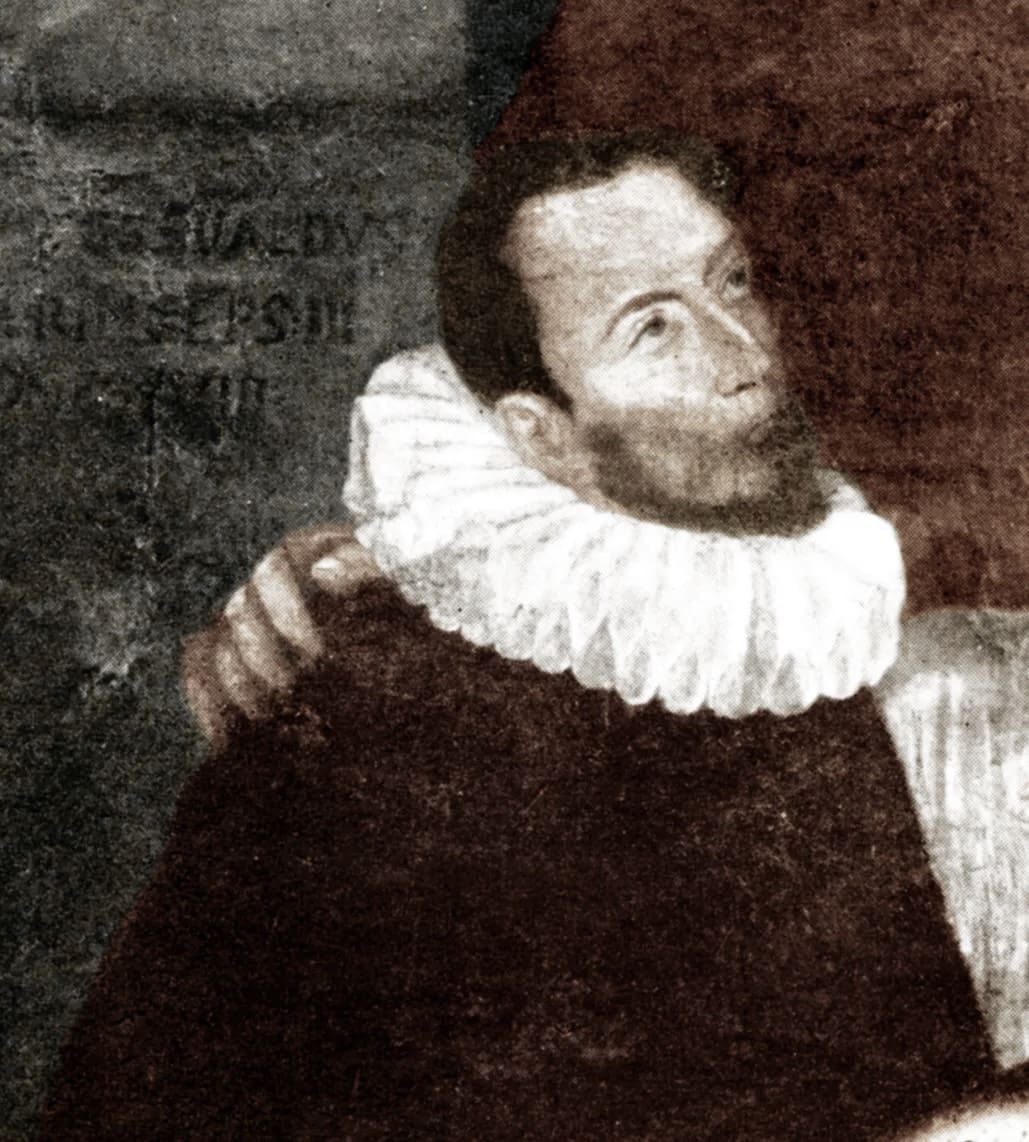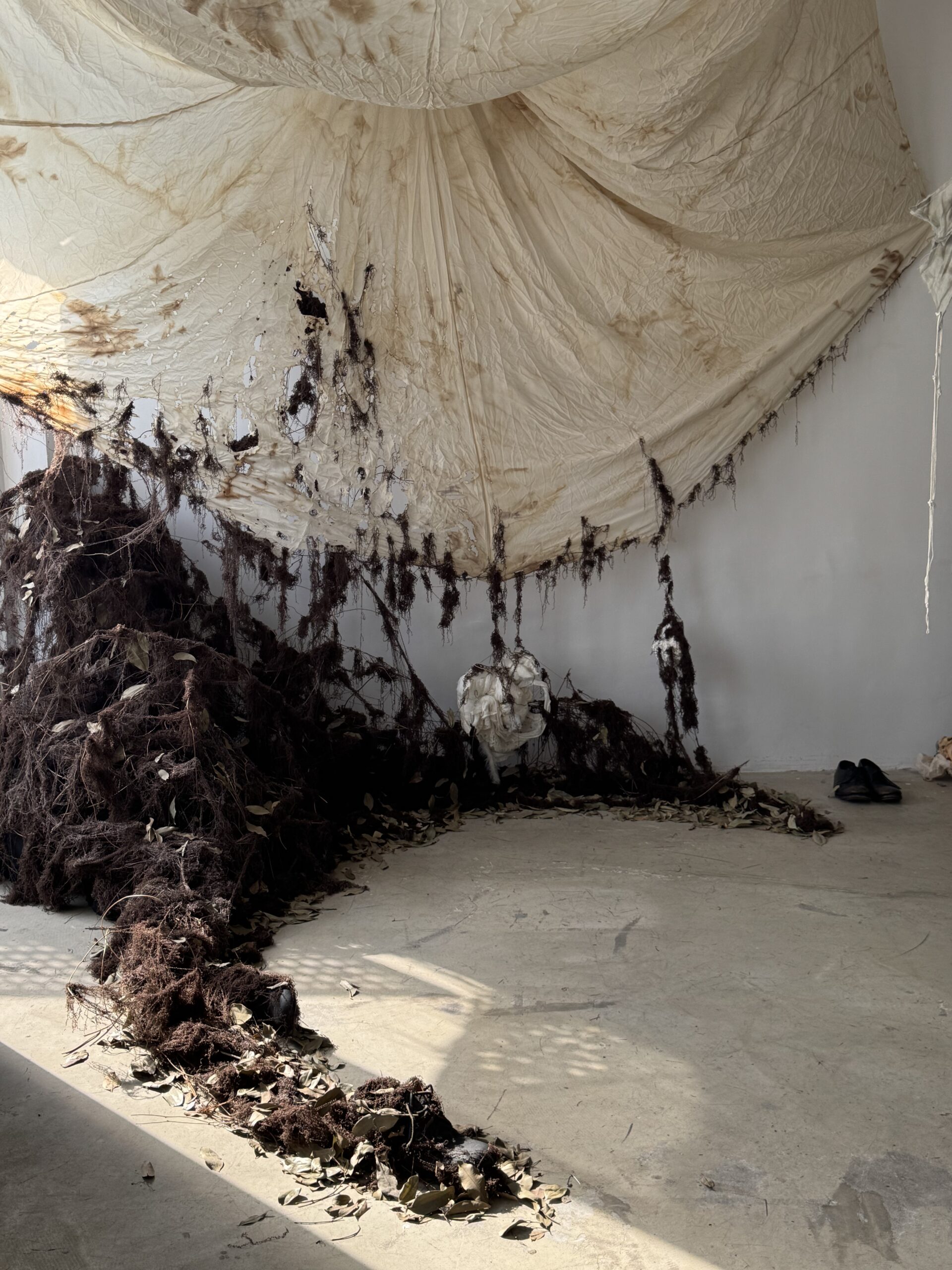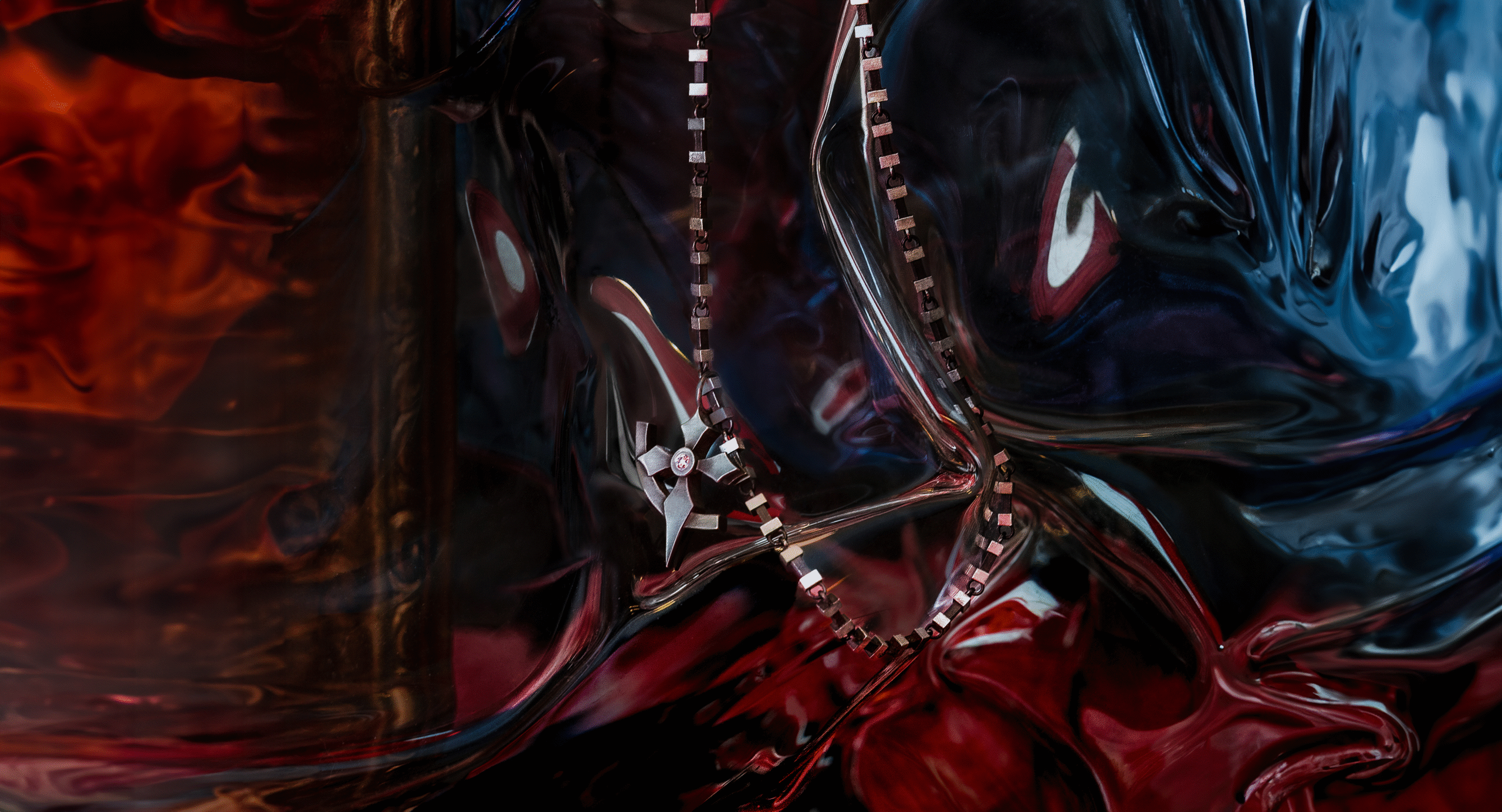The side entrance to music history is not especially inviting. It’s narrow, the steps uneven, and the light that filters through a dusty window seems to belong to another century. One might wonder why anyone would choose this way, when there are grand halls with red carpets and bronze busts polished bright. But those who take the quiet entrance sometimes find themselves in rooms where the air is heavier, the lives more troubled and the music stranger, more beautiful, more unsettling. And so it is with Carlo Gesualdo. He is not just one of the most radical composers of the late Renaissance. He was also a murderer and a recluse. His music is filled with wild dissonances, sudden turns, cries and devotion, and it often seems to reach beyond its time, or perhaps outside of time altogether.
—————————————————-
Gesualdo was born in one of the most prominent families of Naples. His uncle was canonized and became the Archbishop of Milan. From a young age, he received a solid musical education, studying composition and learning to play the basso lute. By 1585, after the death of his older brother, he inherited the family’s properties and titles.
Yet, amid this backdrop of nobility, Gesualdo participated in a tragedy. In 1586, at the age of twenty, he married Maria d’Avalos, and the couple had a son. But after just four years, Gesualdo discovered that Maria was involved in multiple affairs. Motivated by his own madness he staged a hunting trip, only to return unexpectedly and catch Maria with her lover. In a horrific act of vengeance, he killed them both, with fifty-three stab wounds.
What’s perhaps more striking is that Gesualdo faced no punishment for his crime. As a nobleman, he got away from the repercussions of his actions; the case was quietly closed. Following the murder, he retreated to his castle in Gesualdo, where he built a monastery and turned inward, dedicating himself to the composition of music.
————————————————–
The music of Gesualdo is renowned for his eerily beautiful madrigals that are multi-part vocal pieces, characterized through his frequent use of chromaticism and sudden shifts in tonality. His interpretations of texts are intensely dramatic, with a depth of emotion that speaks to the turmoil within him. His polyphonic counterpoint reveals a complexity that mirrors his own fractured psyche.
In the years that followed, particularly after the death of his son from his second marriage in 1600, Gesualdo plunged into deep depression. He devoted himself increasingly to sacred music, a search for solace amid his suffering. In 1611, he published his final works, leaving behind a legacy of innovation and emotional depth.
I recommend listening to a few of my personal favorite compositions:
- Moro, lasso il mio duolo (sung by Delitiae Musicae)
- Tenebrae factae sunt (sung by Nordic Voices)
- Sparge la morte (sung by Delitiae Musicae)









One Response
Welcome to VOWI, and thank you for becoming a Vowier ! 🙌